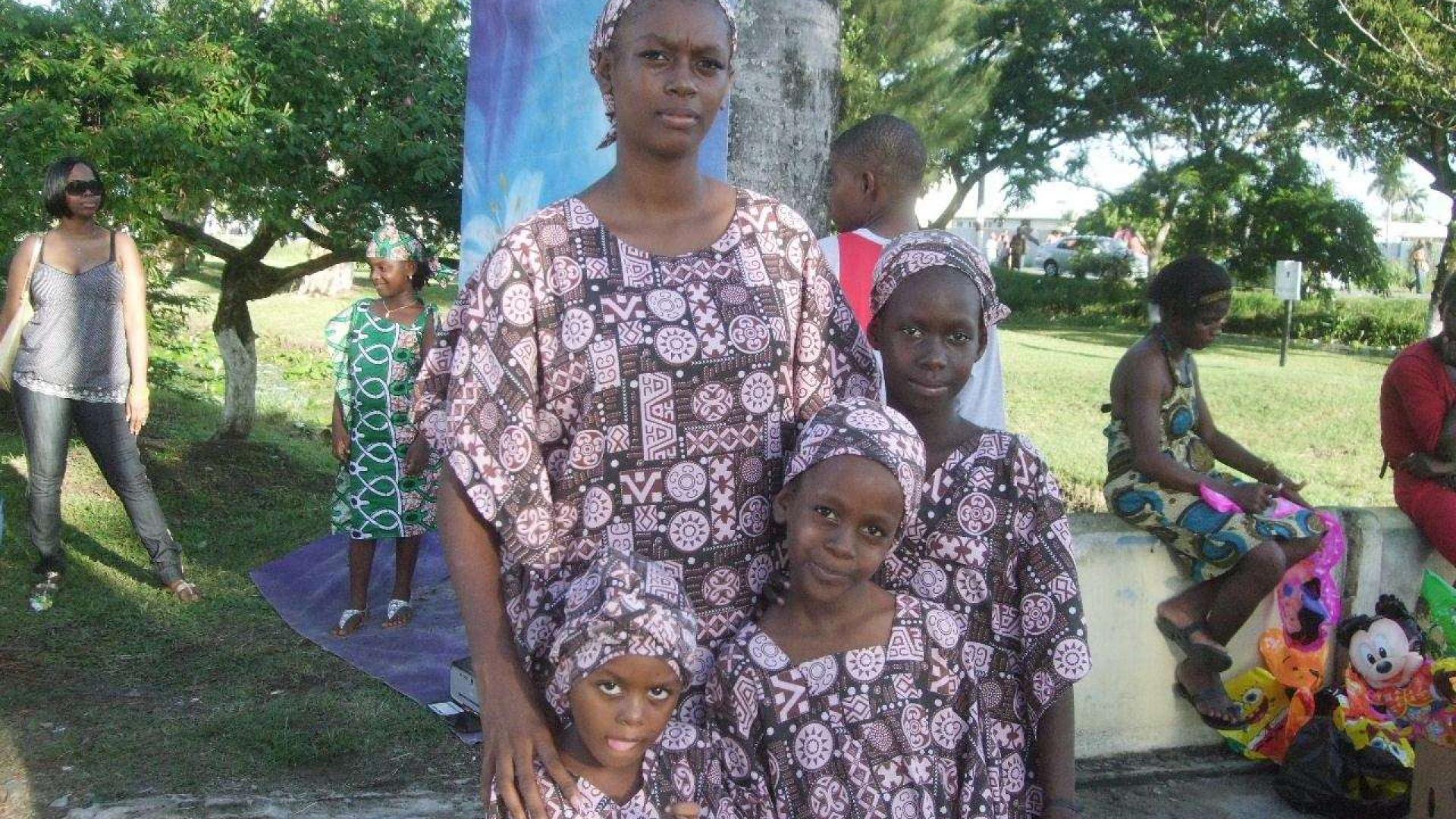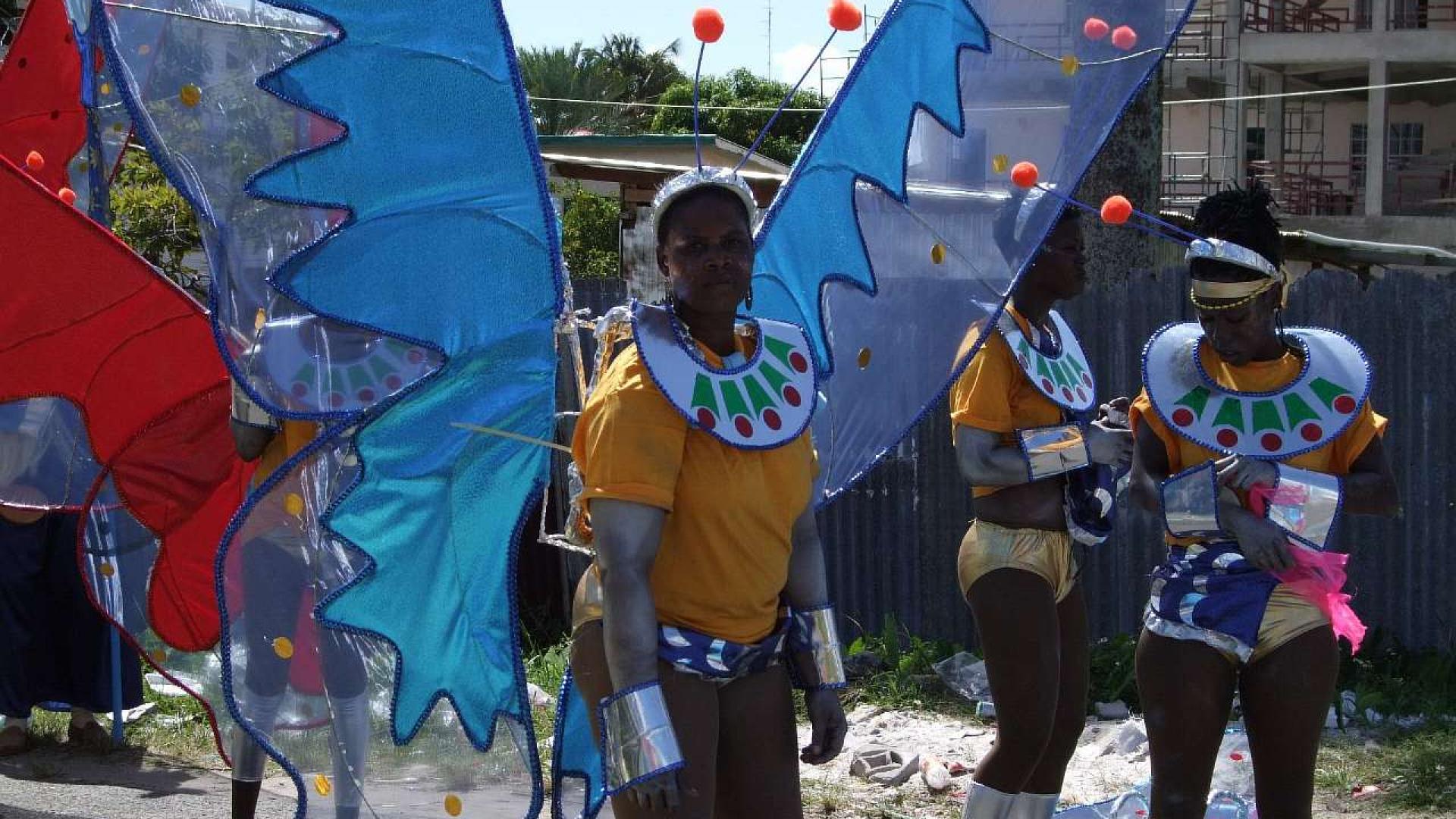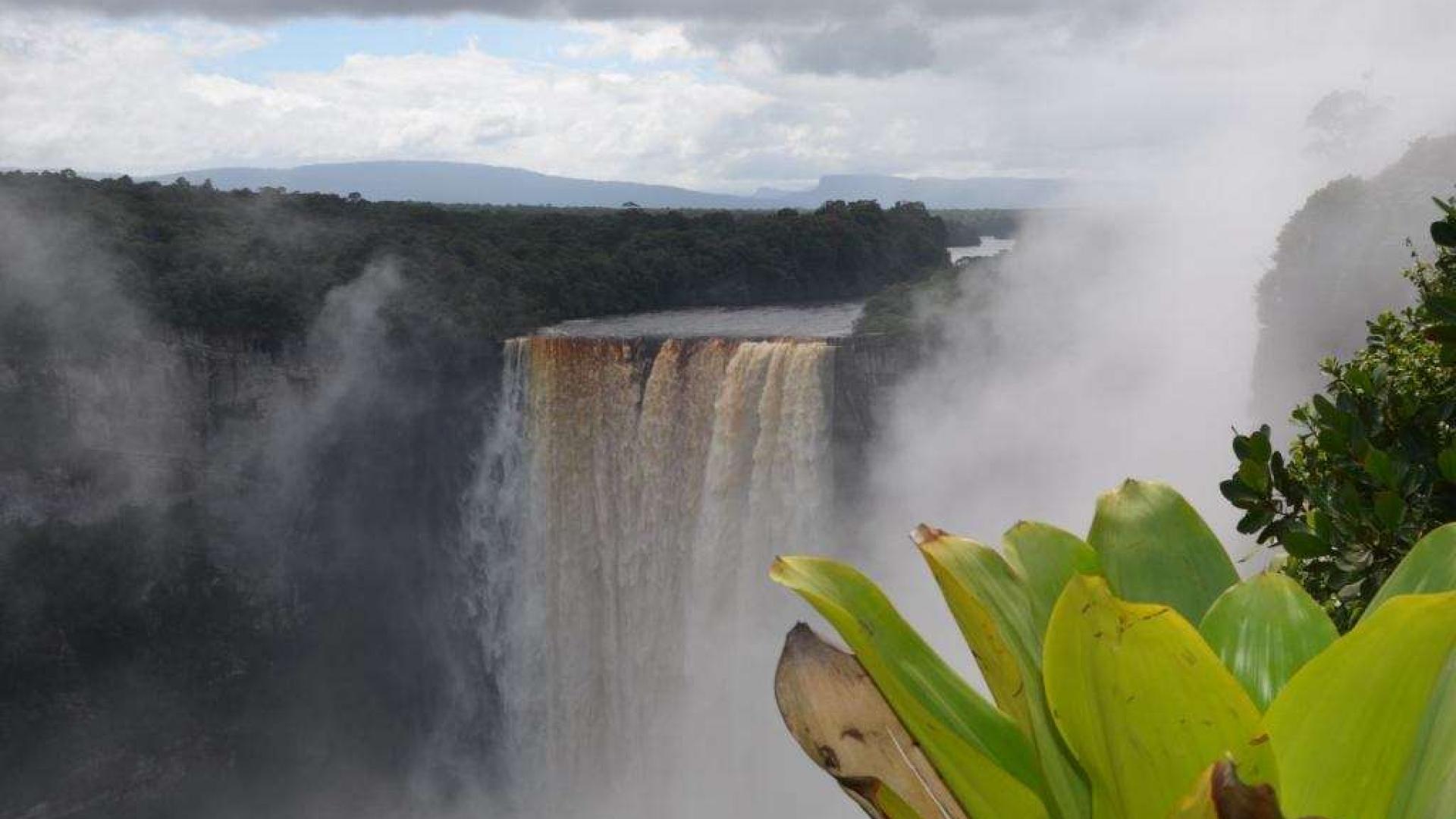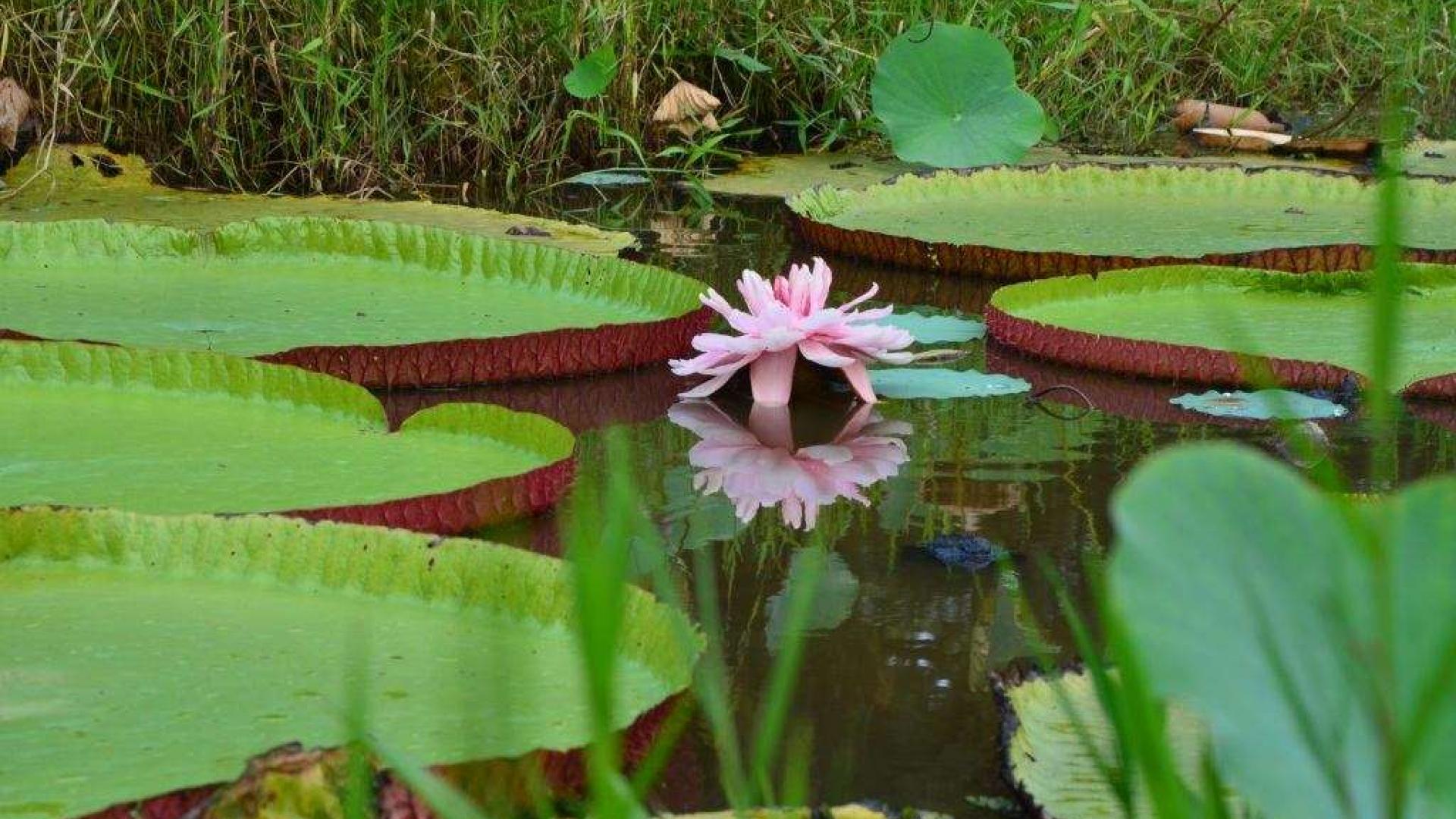Savannah of South America
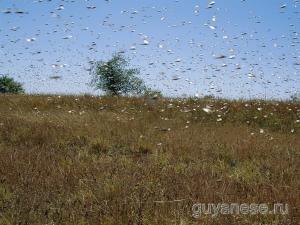 With climate change, the onset of the dry season, tropical forests in South America, go to the savannas and woodlands. Between rainforest and savanna in the Brazilian Highlands is a strip of palm forests. Savannah of South America, occupy most of the Brazilian Highlands, mainly in inland areas. Also occupy large areas of the Guiana Highlands and Lowlands Orinokskoy. Brazilian savanna on red ferralitovyh soils are usually called "Campos." The flora of Campos consists mainly of grasses genera: Andropogon, Paspalum and Aristida, also present here the family Asteraceae and legumes.
With climate change, the onset of the dry season, tropical forests in South America, go to the savannas and woodlands. Between rainforest and savanna in the Brazilian Highlands is a strip of palm forests. Savannah of South America, occupy most of the Brazilian Highlands, mainly in inland areas. Also occupy large areas of the Guiana Highlands and Lowlands Orinokskoy. Brazilian savanna on red ferralitovyh soils are usually called "Campos." The flora of Campos consists mainly of grasses genera: Andropogon, Paspalum and Aristida, also present here the family Asteraceae and legumes.
Trees in the savanna there is little or have separate instances occurring: Euphorbias, tree cactus, mimosa with zontikovoy crown, and other succulents and xerophytes.
The northeastern part of the Brazilian Highlands occupied a larger area kaatingoy - dolled forest consisting of drought-resistant shrubs and trees to red-brown soil. Most trees in the dry season the leaves fall off, others have a swollen trunk, it accumulates moisture, an example of such a tree is - vatochnik Cavanillesia platanifolia. Often the branches and trunks of trees covered with epiphytic plants kaatingii and vines. Also found in kaatingi some species of palms, the most remarkable of them - it's palm-wax carnauba. Carnauba is a tree of life, so it is called the natives, and for good reason. It gives a vegetable wax, boil it or scrape the leaves reach lengths of up to two meters. The wax is mainly for the manufacture of candles for polishing floors. From the upper part of trees are palm flour and sago leaves and cover the roof and weave various products. The roots are used in medicine, the fruit is eaten boiled and raw.
On the plains of the Gran Chaco in the more arid areas there are also sparse forests, thickets of thorny shrubs. The structure consists of two forest tree species from different families, but with general title "Kebracho" - broke his ax. These trees contain a lot of tannins: kebracho red about 25% and slightly less white kebracho. Because they have wood is dense and heavy, they do not drown and do not decompose in water. Kebracho widely used in construction, manufactured from it: piles, sleepers and other products intended for use in long-term presence in the water. It is also found more and Algarrobo - family tree mimozovyh, with strong branching crown and has a curved trunk. In Algarrobo gentle soft foliage which does not give shade. In the lower tiers of the forest there are thorny bushes, which form impenetrable thickets.
In the red-brown and red soils of the savannas contain a lot of humus, they are highly fertile than the soil in the rainforest. In this regard, the cultivation of these lands are occupied (exported from Africa): the coffee tree, bananas, cotton and other plants.
The rich fauna of the savannas of South America, represented by different species of predators, but there are jaguars cougars, cat Pampa, ocelot. In the southern part of the maned wolf, fox on the plains of Pampa, Magellan fox, of ungulates - deer pampaysky. Representative of the third American family edentates - battleship. Of rodents are found among other species: tuko-tuko (living in the land) and viskachi, nutria and beavers. In addition to many parrots, hummingbirds are found savannah rhea and some birds of prey. Savannah is literally teeming with lizards and snakes - is the distinguishing feature of the landscape of South America. In some areas of South America from time to time suffer from invading locusts.
- Log in to post comments

